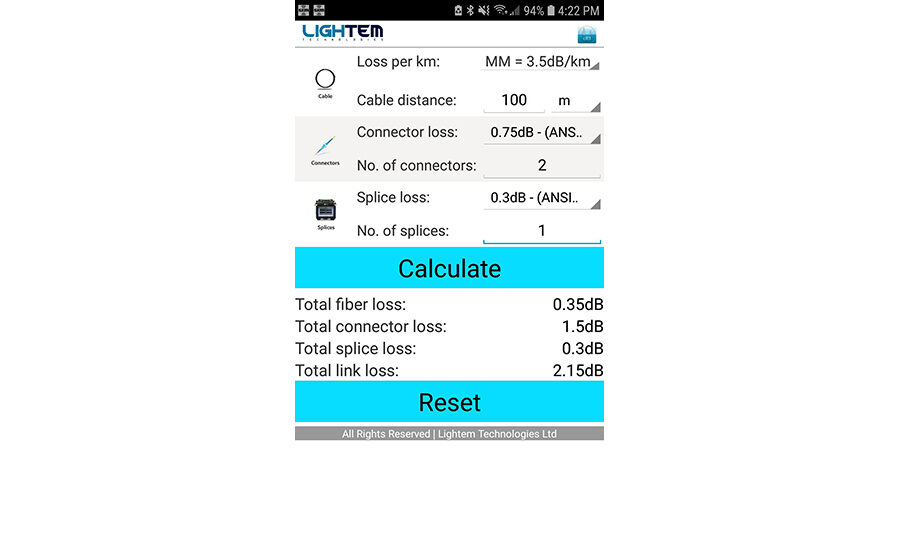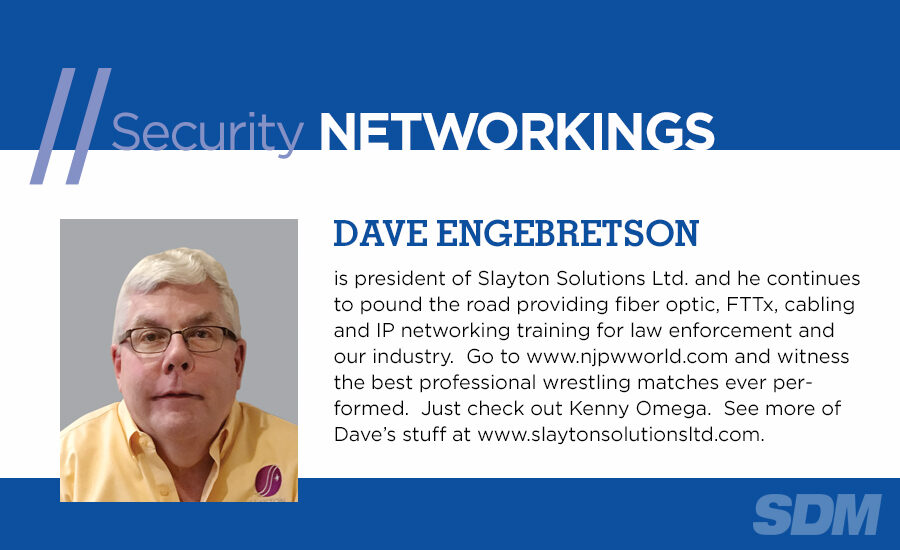Hopefully, by the time this column is published, we will be over the hump of the COVID-19 outbreak. But while I hope for the best, I strongly suspect that viral infection fears may change the game for many industries, as small and large public meetings (such as my ADI Expo presentations and training classes) may be curtailed or delayed.
So, while I wait to see if/when my training schedule will restart, I have been spending time researching useful smartphone apps to help our sales people, project managers and technicians — that is, when I’m not faithfully following my lovely wife’s instructions on a variety of household maintenance issues, or mentally escaping through the Inspire television network which only shows 1950’s and 60’s Westerns, where the men were handsome, the good and bad guys are clearly defined and the saloon ladies are often suspect.
But back to the matter of smartphone apps. I am receiving many requests for fiber optic training as increasing numbers of contractors are realizing the power and labor savings that can be derived from using “dark” or “unlit” fiber optic links to connect IP and analog devices over great distances. If the fiber links are already in place, substantial time can be saved during installation, which should translate into reduced costs for clients, and ultimately more sales.
If there are existing fiber links that have been terminated with connectors on each end, a simple flashlight or visible fiber laser can provide a quick and dirty test to see if the link is continuous and not broken. (The cheap flashlights with eight or nine bright LEDs and three AAA batteries are the best to use.) To perform this test, first send a partner to the other end so they can report on whether the light passes through. Then just gently disconnect the target link’s connector on the patch panel backplane, and hole the tip of the connector directly on the flashlight lens.
If the link passes light, chances are that for relatively low bandwidth transmissions such as 10/100, Ethernet will function and this may be all of the testing you need to perform. Remember to ask to use two fibers, as the least expensive UTP to fiber media converters use two links to transmit and receive.
In the case where fiber links connect from telco rooms A to B to C, a more detailed calculation should be done to ensure proper performance of your devices and/or network.
To make this easy, there is a free Android app called Link Loss which automatically calculates the amount of optical loss that should be present in a fiber link or connected links, based on the EIA/TIA industry standards.
By using this app, contractors, estimators and project managers can quickly compare the expected optical loss of a fiber link to the specifications of the copper to fiber media converters that may be used to ensure the communications will function properly.
I hope to again see some of my loyal readers at the ADI shows soon. In the meantime, you can access free fiber optic and network cabling online training from the Fiber Optic Association — just drop me an email and I will send you the links and passwords.





